Toyota has recently demonstrated a concept model that explores how hydrogen gas, which is generated while driving, can be used to potentially increase the efficiency of liquid hydrogen as fuel.
By capturing vaporised hydrogen, known as “boil-off gas,” which is typically lost to the atmosphere, this new technology could improve energy efficiency making it a viable solution as a fuel source.
The potential shown has led Toyota to seek collaborators to further develop and refine this concept.
Motorsport
Toyota introduced the concept during the final round of the 2024 ENEOS Super Taikyu race series in Japan. A GR Corolla was equipped with liquid hydrogen technology and took part in the event. As Toyota has a big involvement in motorsport, it makes sense that they use races like this to test various ideas, all of which are aimed at achieving carbon neutrality.
Challenges of Liquid Hydrogen
Liquid hydrogen has a higher density compared to gaseous hydrogen. An advantage of this is that you can store more of it in a tank of the same size. However, a downside is that “boil-off” occurs. This is where the vapourised hydrogen evaporates out into the atmosphere without being used to power the car which then cancels out some of the benefits of being able to store more hydrogen in the tank in the first place. In very basic terms, boil-off gas is released without being used, resulting in a potential loss of energy.
Turning Boil-Off Gas Into Energy
Toyota’s new system involves capturing boil-off gas and converting it into usable hydrogen fuel. The process uses a self-pressuriser that uses the gas’s own pressure to amplify it by two to four times. This eliminates the need for external energy, such as electricity, to pressurise the hydrogen, making the process more sustainable and efficient.
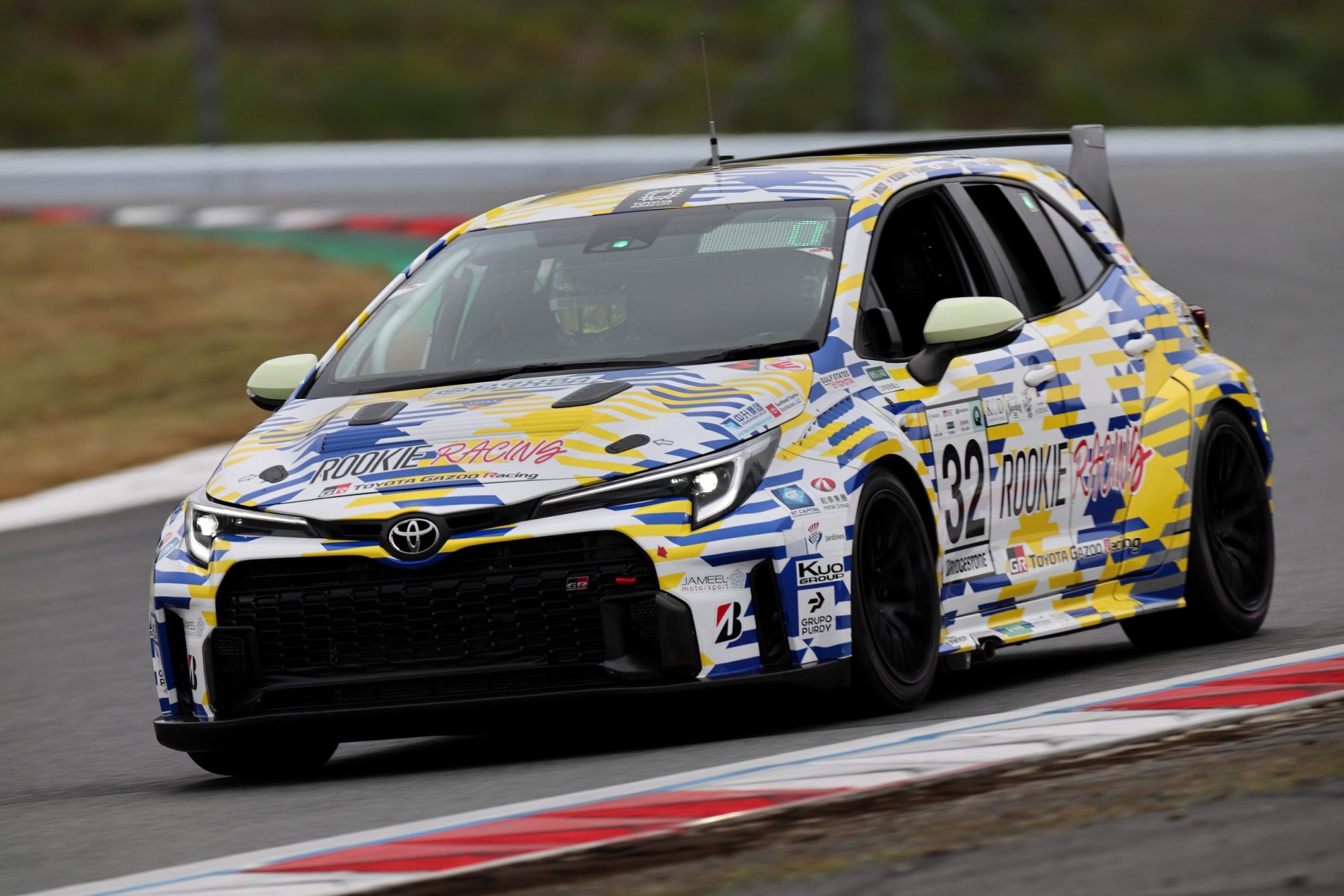
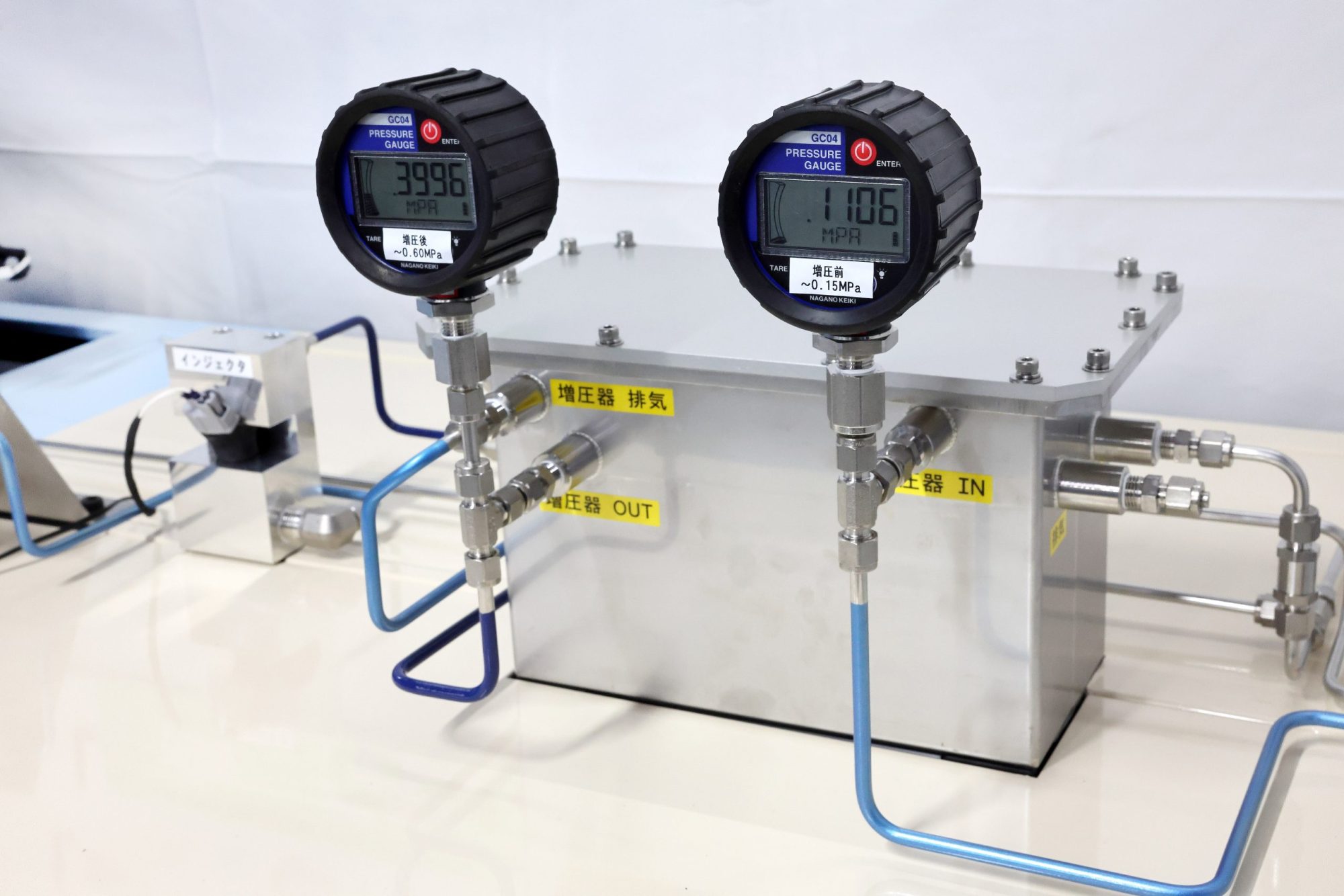
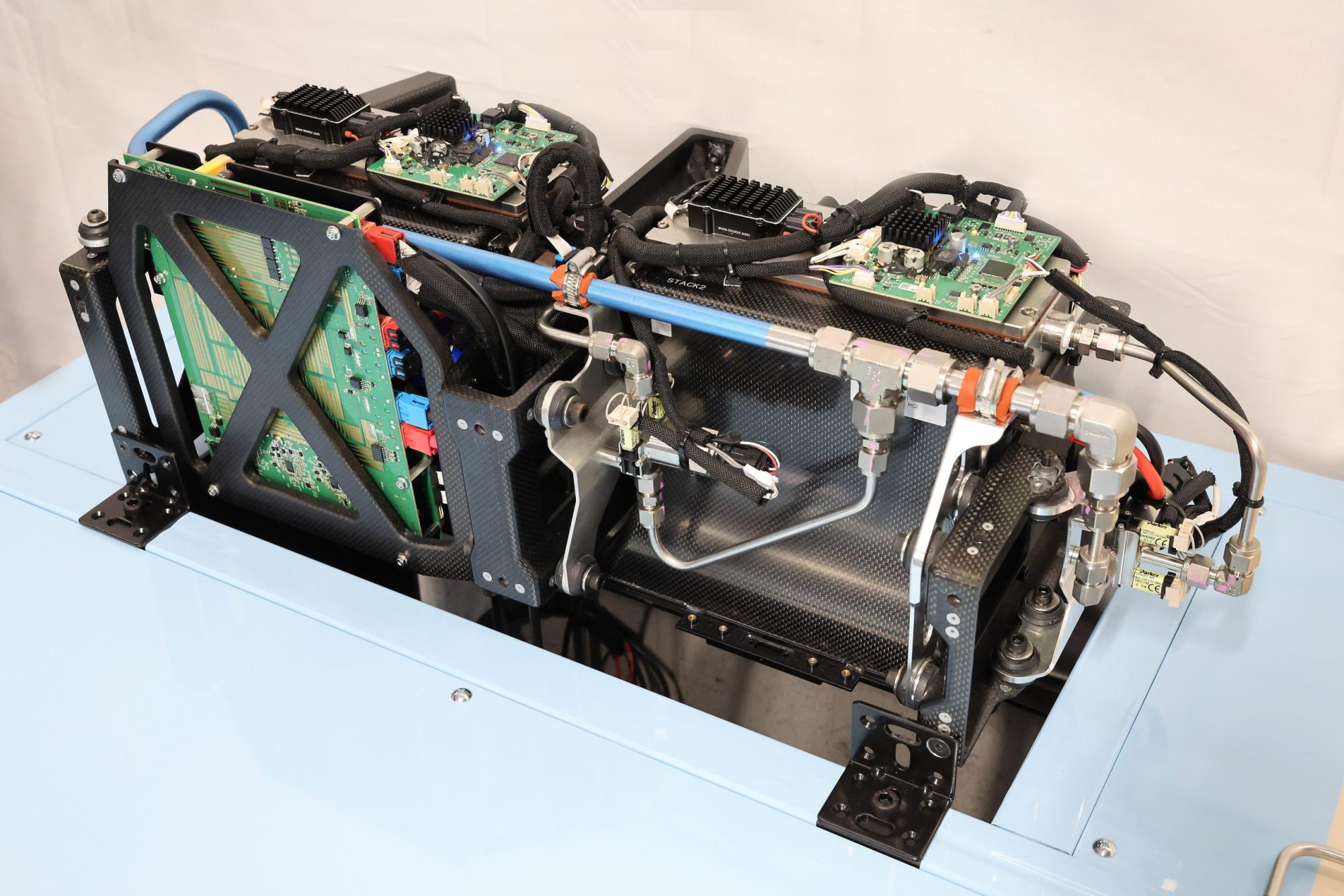
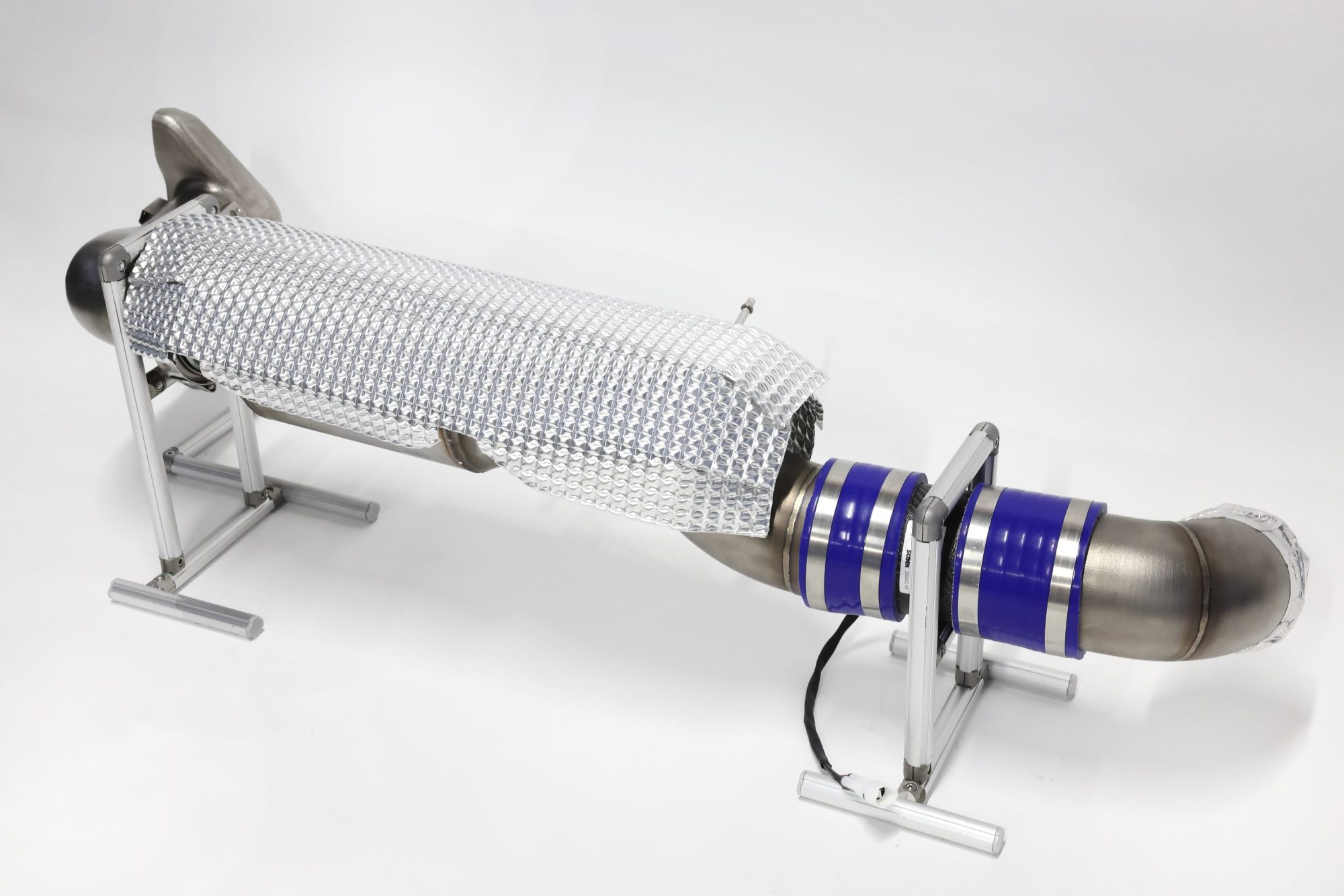
Generating Electricity From Boil-Off Gas
The surplus boil-off gas from this pressurisation process is redirected to a small Toyota fuel cell stack. Through a chemical reaction, the stack generates electricity, which can power components like the liquid hydrogen pump. This approach can potentially supplement or even replace the alternator’s role, further improving overall energy efficiency.
Safety Considerations
Toyota ensures that any remaining boil-off gas not used in energy generation is safely converted to water vapour via a catalytic process and then released from the vehicle, prioritising both efficiency and safety.
It will be interesting to see what the future holds for liquid hydrogen.
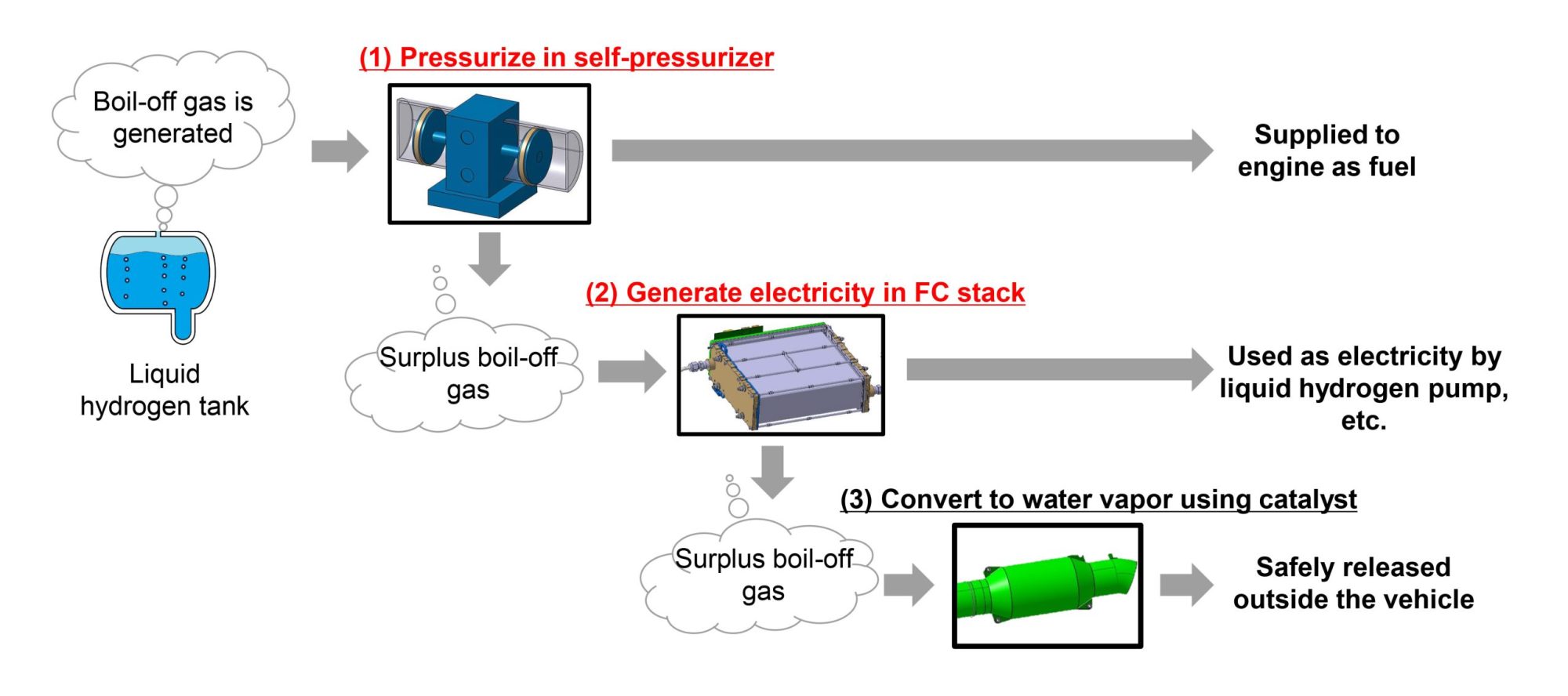

Leave a Reply
You must be logged in to post a comment.